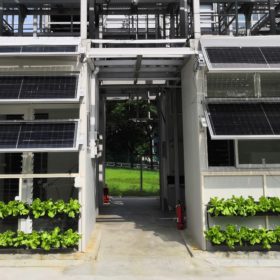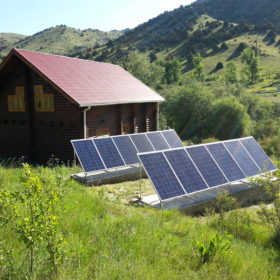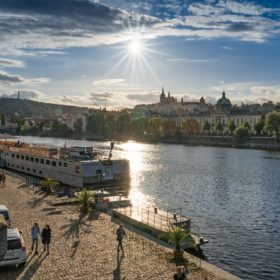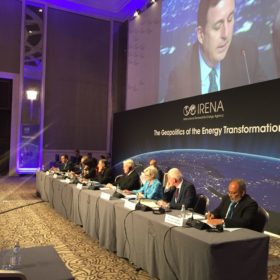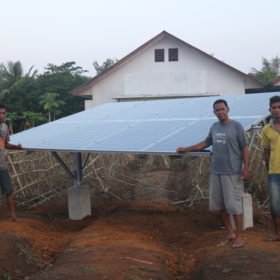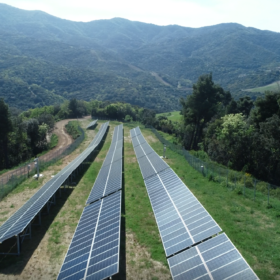Raising crops in PV facades
An international research group has analyzed the visual impact of PV facades on buildings which include crop cultivation. Architects, PV specialists and farmers were surveyed and the results showed broad acceptance of such projects.
Bangladeshi government appeals for more partners to help roll-out off-grid solar
A scheme to install solar lighting and household power, as well as biogas and solar cookers and larger PV plants, has already driven deployment of more than 1.2 million systems. Now the government wants more partners to join the program.
Solar brings safe water to Bangladeshi coastal communities
F Cubed, an Australian company that specializes in solar-powered desalination systems, has landed a contract valued at almost $5 million to supply 1,140 units that will provide clean drinking water to around 30,000 people in Bangladesh.
UK energy minister says country is ‘now off coal’ – despite still operating four major coal-fired plants
An all-party U.K. parliamentary group for renewable and sustainable energy event in London has again confirmed the view the government remains unmoved by calls for support for the solar sector. However, a window of opportunity may be about to open for rooftop PV thanks to proposed legislation for new homes building standards.
Bangladesh prepares to tender solar rooftops on public buildings
The government will reportedly be ready to tender contracts to install rooftop PV on its buildings across eight divisions of the nation in as little as three months’ time.
Czechia wants another 1.9 GW of solar by 2030
The raised renewable energy ambition has been dismissed by the domestic solar association, which accuses president Miloš Zeman of wanting to destroy the Czech PV sector. In 2019, the country added only 7 MW of new PV installations.
‘Renewables must grow four times faster to ensure sustainable future’
The share of renewables in the global energy mix must more than double by 2030 for the world to advance the energy transition and achieve sustainable development goals, according to the International Renewable Energy Agency. Renewable electricity should supply 57% of global power by the end of the decade, up from 26% today.
Solar NGO Electriciens sans frontières awarded Zayed energy prize
The French non-governmental organization, which provides solar kits to refugee camps and disaster affected communities, won the energy category of the 12th Zayed Sustainability Prize. The award will bank Electriciens sans frontières $600,000.
Shedding lights on Indonesia’s off-grid sector
Indonesia’s Central Bureau of Statistics reported in 2018 that 2,281 villages had no access to electricity. With more than 17,000 islands, building grid connections between them would be expensive. So what are the key challenges and solutions to the development of rural area electrification in Indonesia? pv magazine interviewed three experts that are involved in developing the country’s rural area electrification.
Mt Athos mini-grid shows Greece the way forward
A monastic community on the Mt Athos peninsula this year installed a solar-storage-diesel mini-grid which is set to be augmented by a biomass combined heat and power system in March.
